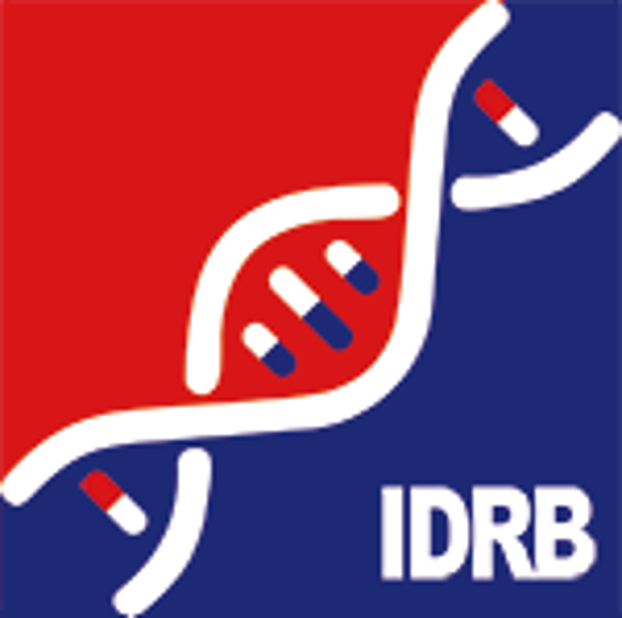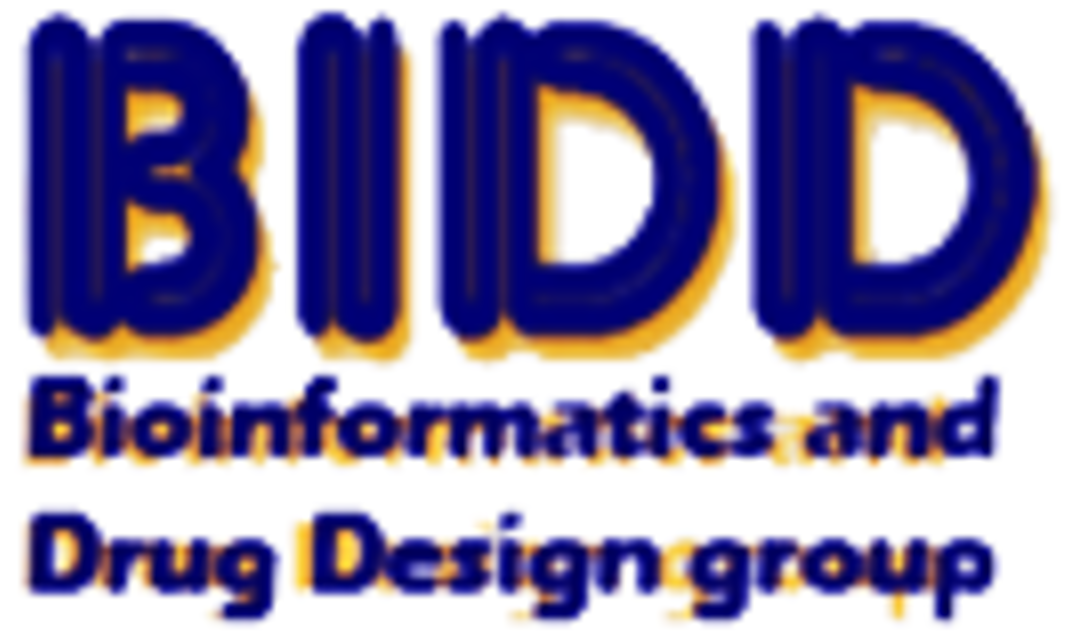| References |
Top |
| REF 1 |
p38 Kinase-dependent MAPKAPK-2 activation functions as 3-phosphoinositide-dependent kinase-2 for Akt in human neutrophils. J Biol Chem. 2001 Feb 2;276(5):3517-23.
|
| REF 2 |
Regulation of Hsp27 oligomerization, chaperone function, and protective activity against oxidative stress/tumor necrosis factor alpha by phosphorylation. J Biol Chem. 1999 Jul 2;274(27):18947-56.
|
| REF 3 |
Heat shock protein 27 controls apoptosis by regulating Akt activation. J Biol Chem. 2003 Jul 25;278(30):27828-35.
|
| REF 4 |
The p38 pathway provides negative feedback for Ras proliferative signaling. J Biol Chem. 2000 Dec 15;275(50):38973-80.
|
| REF 5 |
Protein kinase C-delta (PKC-delta ) is activated by type I interferons and mediates phosphorylation of Stat1 on serine 727. J Biol Chem. 2002 Apr 26;277(17):14408-16.
|
| REF 6 |
MAPK-activated protein kinase-2 participates in p38 MAPK-dependent and ERK-dependent functions in human neutrophils. Cell Signal. 2003 Nov;15(11):993-1001.
|
| REF 7 |
Tristetraprolin (TTP)-14-3-3 complex formation protects TTP from dephosphorylation by protein phosphatase 2a and stabilizes tumor necrosis factor-alpha mRNA. J Biol Chem. 2007 Feb 9;282(6):3766-77.
|
| REF 8 |
Arachidonic acid promotes phosphorylation of 5-lipoxygenase at Ser-271 by MAPK-activated protein kinase 2 (MK2). J Biol Chem. 2002 Apr 26;277(17):14793-800.
|
| REF 9 |
A comparison of the substrate specificity of MAPKAP kinase-2 and MAPKAP kinase-3 and their activation by cytokines and cellular stress. FEBS Lett. 1996 Sep 2;392(3):209-14.
|
| REF 10 |
Chemotactic peptide N-formyl-met-leu-phe activation of p38 mitogen-activated protein kinase (MAPK) and MAPK-activated protein kinase-2 in human neutrophils. J Biol Chem. 1997 Jan 10;272(2):937-44.
|
| REF 11 |
MAPKAP kinase 2 phosphorylates tristetraprolin on in vivo sites including Ser178, a site required for 14-3-3 binding. J Biol Chem. 2004 Mar 12;279(11):10176-84.
|
| REF 12 |
MK2 SUMOylation regulates actin filament remodeling and subsequent migration in endothelial cells by inhibiting MK2 kinase and HSP27 phosphorylation. Blood. 2011 Feb 24;117(8):2527-37.
|
| REF 13 |
The AU-rich element mRNA decay-promoting activity of BRF1 is regulated by mitogen-activated protein kinase-activated protein kinase 2. RNA. 2008 May;14(5):950-9.
|
| REF 14 |
Identification of the p16-Arc subunit of the Arp 2/3 complex as a substrate of MAPK-activated protein kinase 2 by proteomic analysis. J Biol Chem. 2003 Sep 19;278(38):36410-7.
|
| REF 15 |
The phosphorylation of CapZ-interacting protein (CapZIP) by stress-activated protein kinases triggers its dissociation from CapZ. Biochem J. 2005 Jul 1;389(Pt 1):127-35.
|
| REF 16 |
p38- and MK2-dependent signalling promotes stress-induced centriolar satellite remodelling via 14-3-3-dependent sequestration of CEP131/AZI1. Nat Commun. 2015 Nov 30;6:10075.
|
| REF 17 |
Identification of two distinct regions of p38 MAPK required for substrate binding and phosphorylation. Biochem Biophys Res Commun. 1999 Dec 9;266(1):284-9.
|
| REF 18 |
Molecular basis of MAPK-activated protein kinase 2:p38 assembly. Proc Natl Acad Sci U S A. 2007 Apr 10;104(15):6353-8.
|
| REF 19 |
Crystal structure of the p38 alpha-MAPKAP kinase 2 heterodimer. J Biol Chem. 2007 Mar 30;282(13):9733-9.
|
| REF 20 |
Monitoring protein-protein interactions in mammalian cells by trans-SUMOylation. Biochem J. 2011 Sep 15;438(3):495-503.
|
| REF 21 |
Creation of a stress-activated p90 ribosomal S6 kinase. The carboxyl-terminal tail of the MAPK-activated protein kinases dictates the signal transduction pathway in which they function. J Biol Chem. 2000 Oct 13;275(41):31588-93.
|
| REF 22 |
Using an in situ proximity ligation assay to systematically profile endogenous protein-protein interactions in a pathway network. J Proteome Res. 2014 Dec 5;13(12):5339-46.
|
| REF 23 |
The protein interaction landscape of the human CMGC kinase group. Cell Rep. 2013 Apr 25;3(4):1306-20.
|
| REF 24 |
Cell type-specific inhibition of the ETS transcription factor ER81 by mitogen-activated protein kinase-activated protein kinase 2. J Biol Chem. 2001 Nov 9;276(45):41856-61.
|
| REF 25 |
P66(ShcA) interacts with MAPKAP kinase 2 and regulates its activity. FEBS Lett. 2004 Apr 23;564(1-2):205-11.
|

